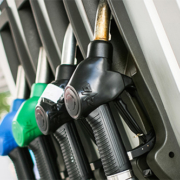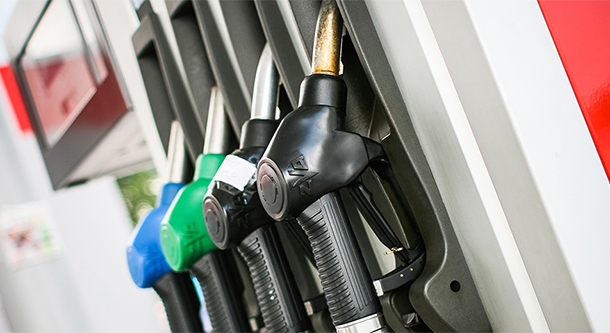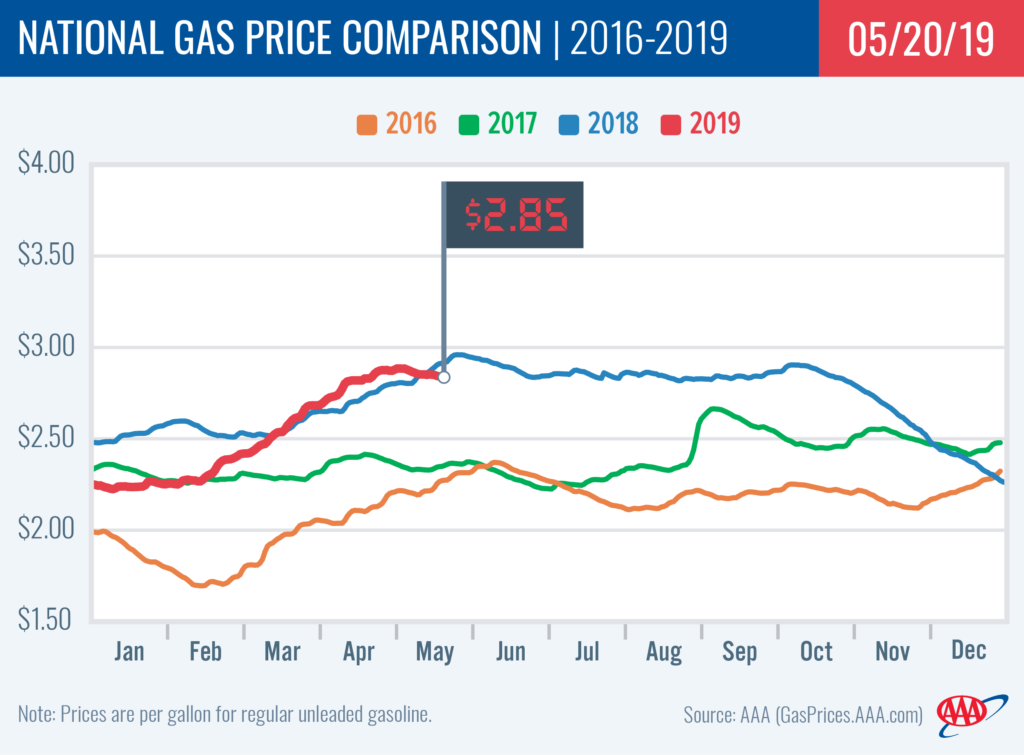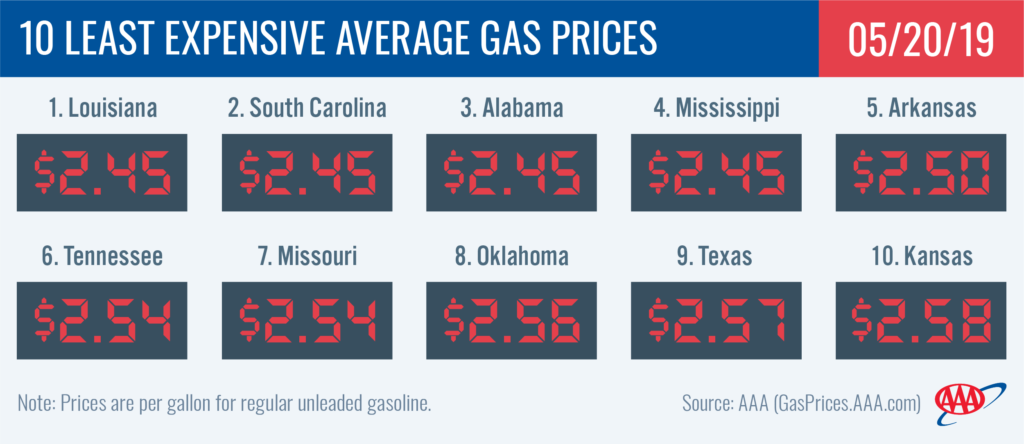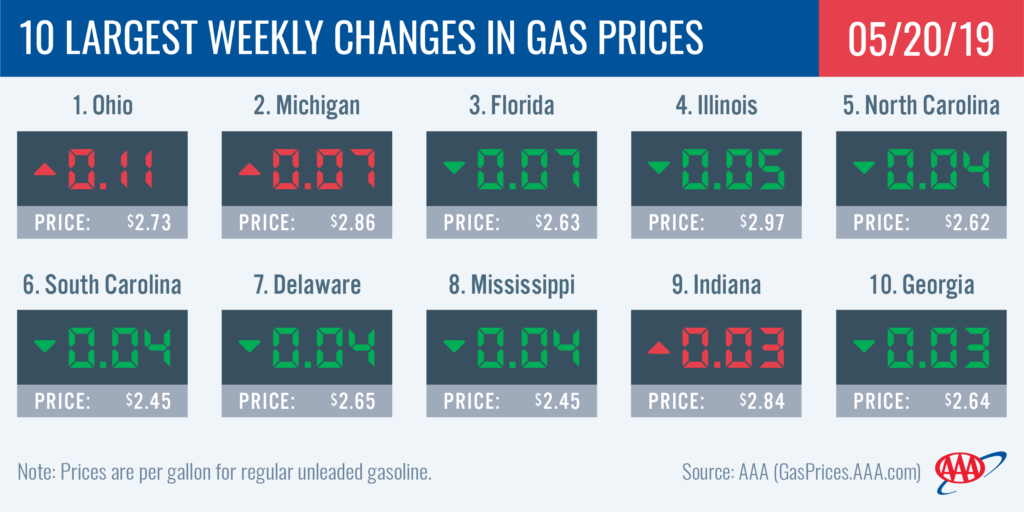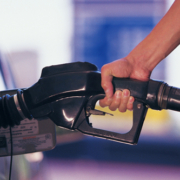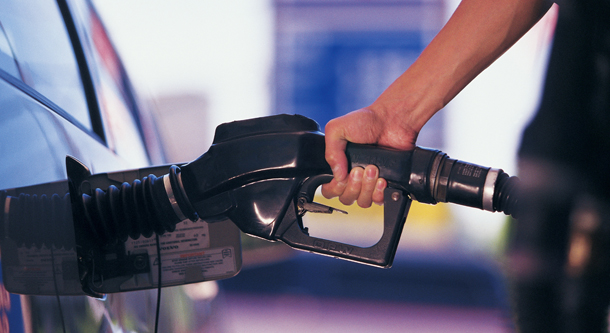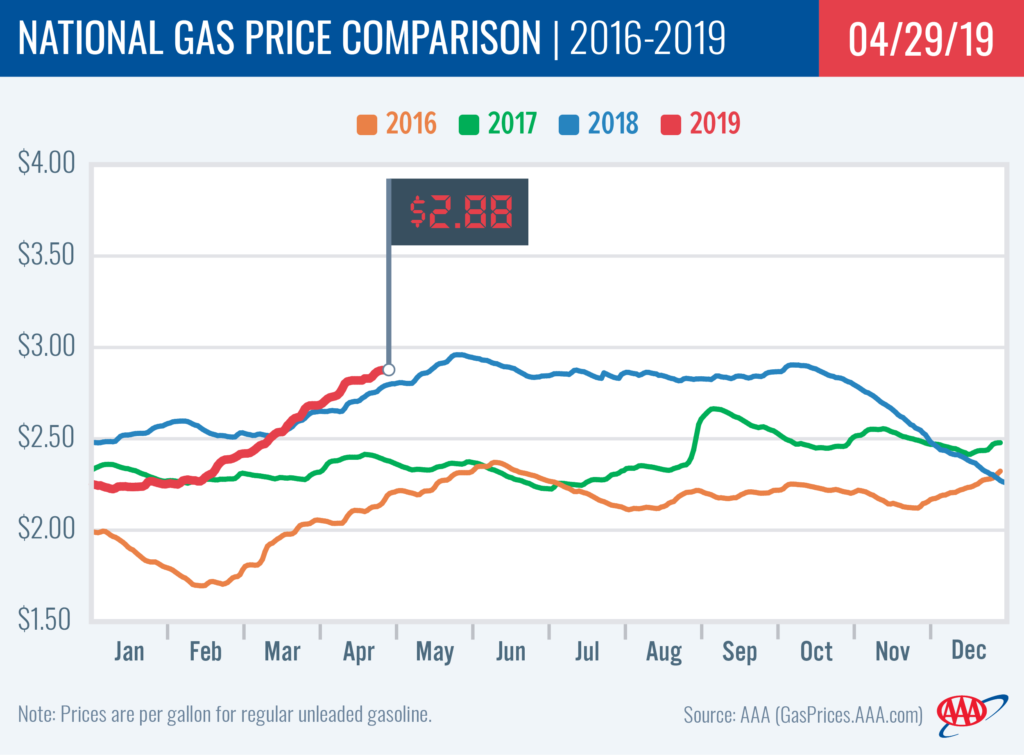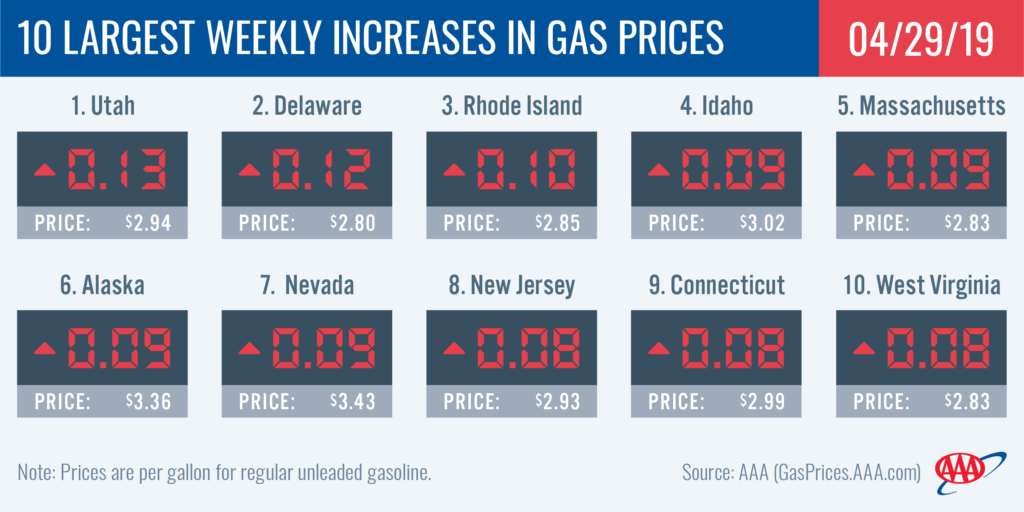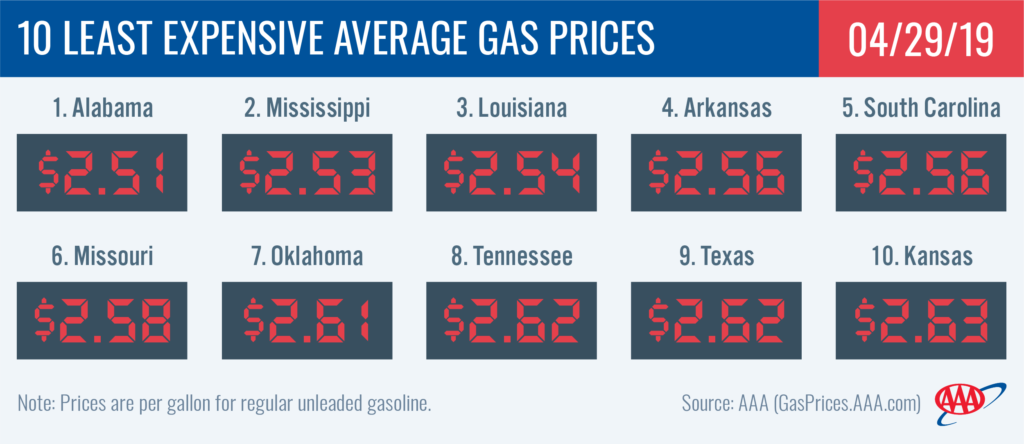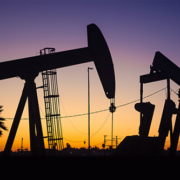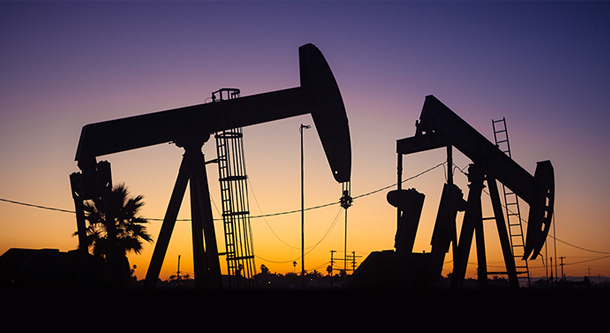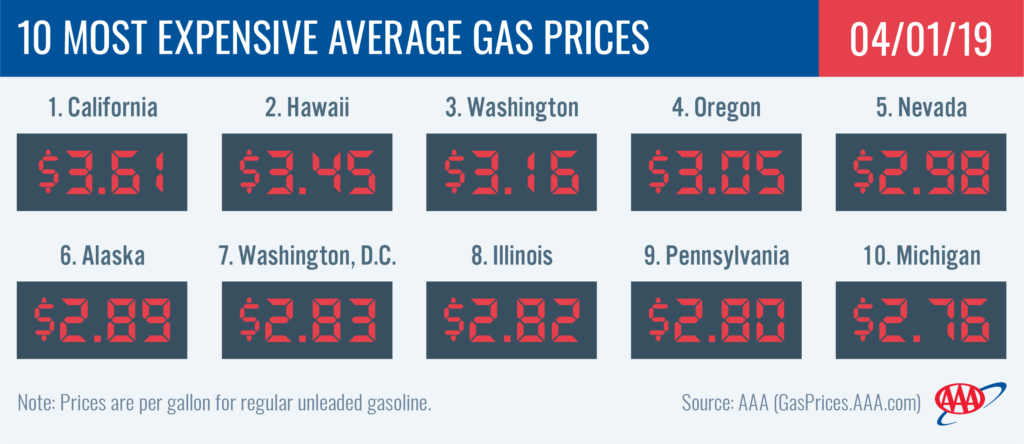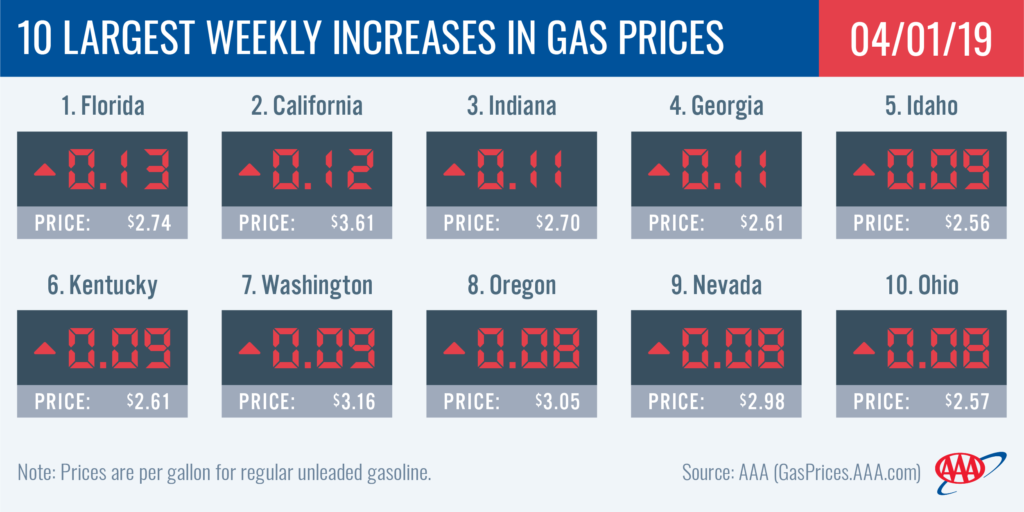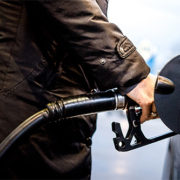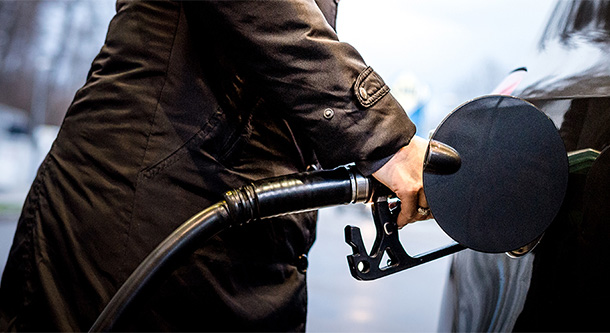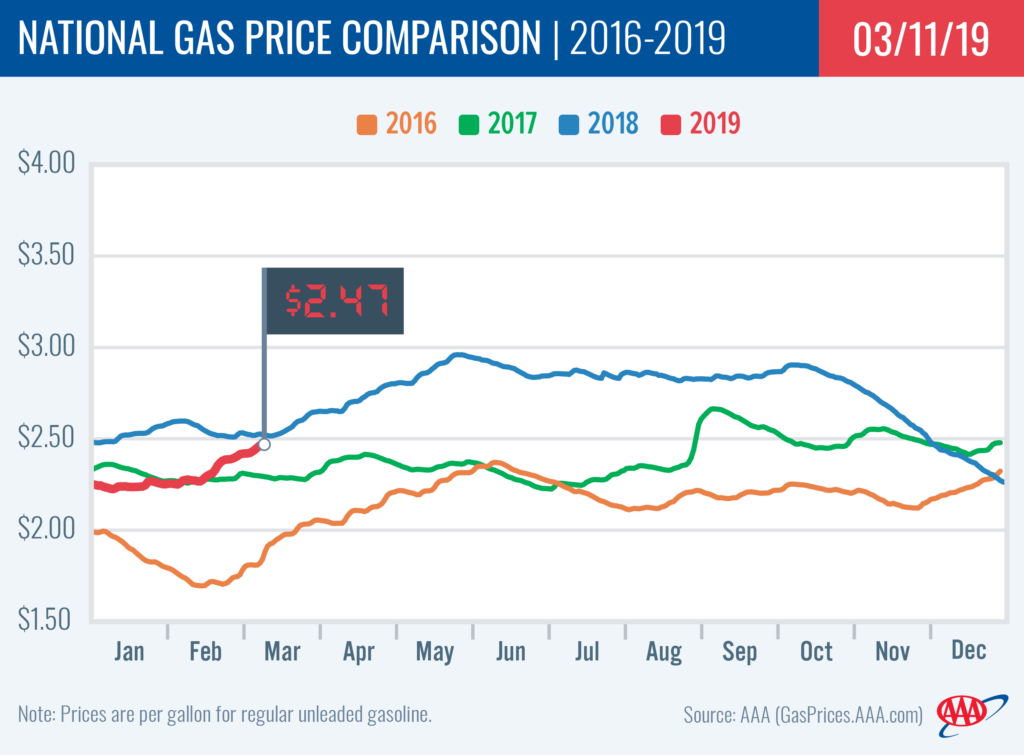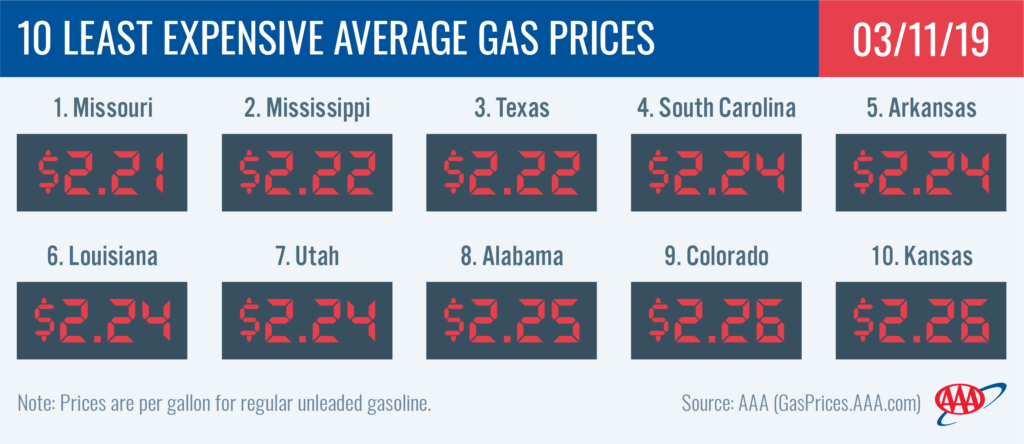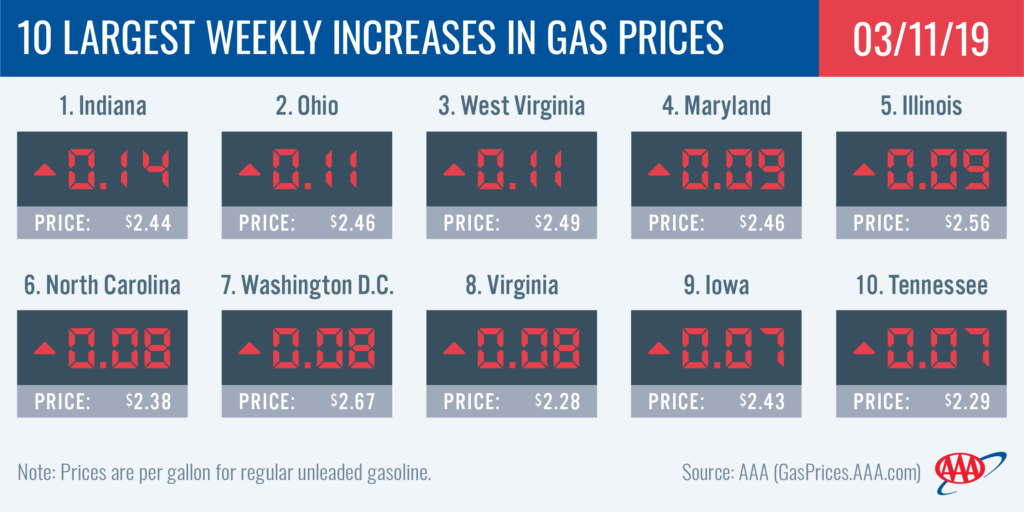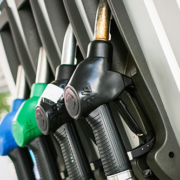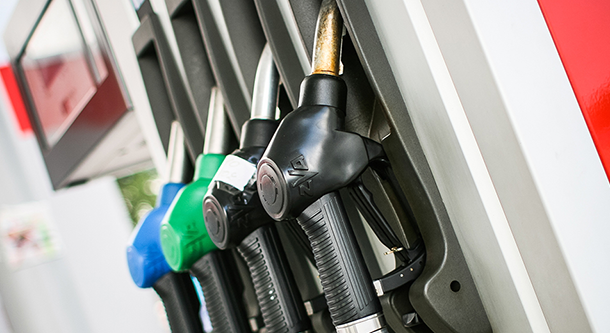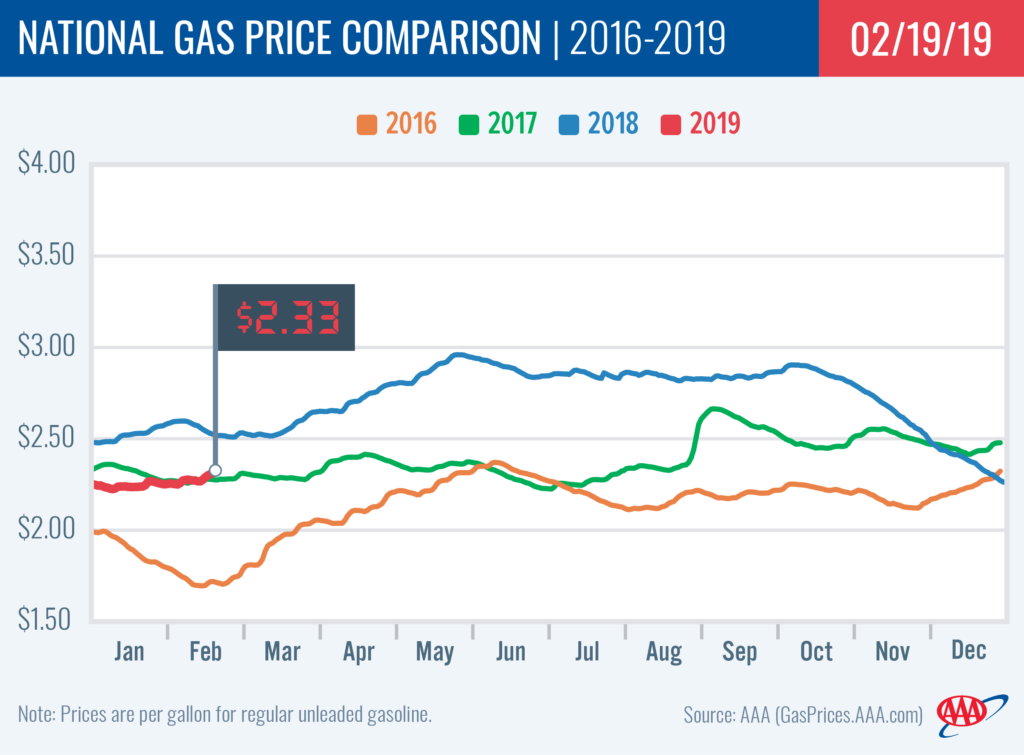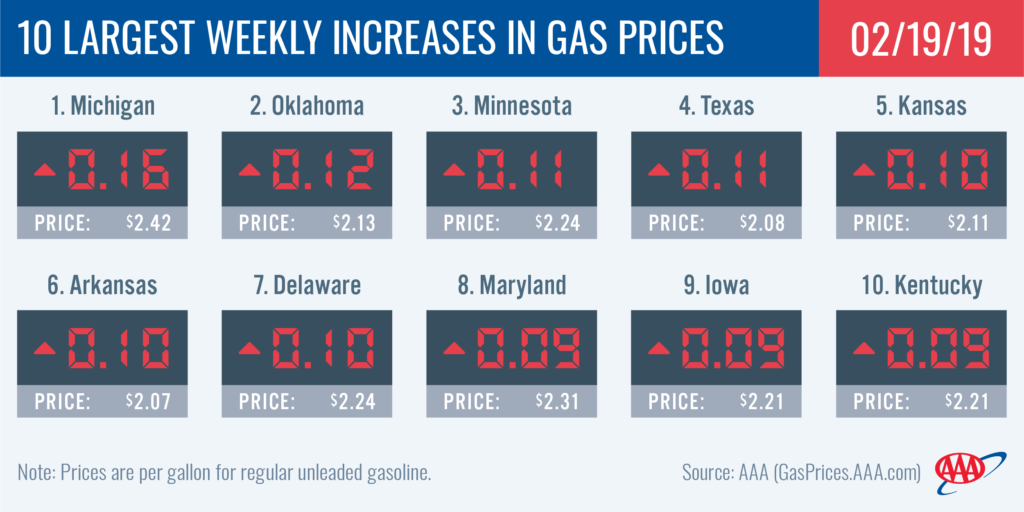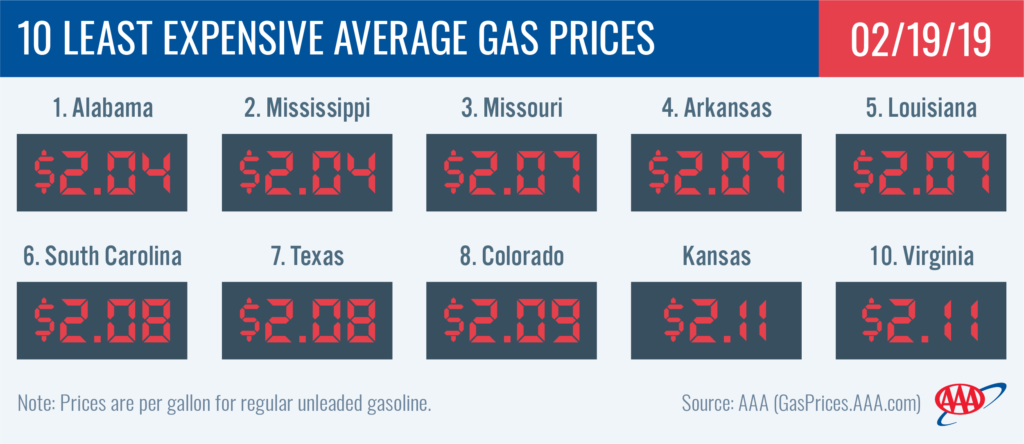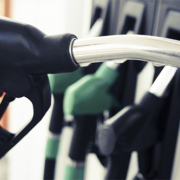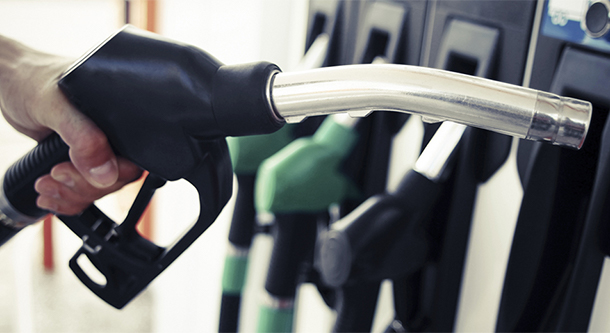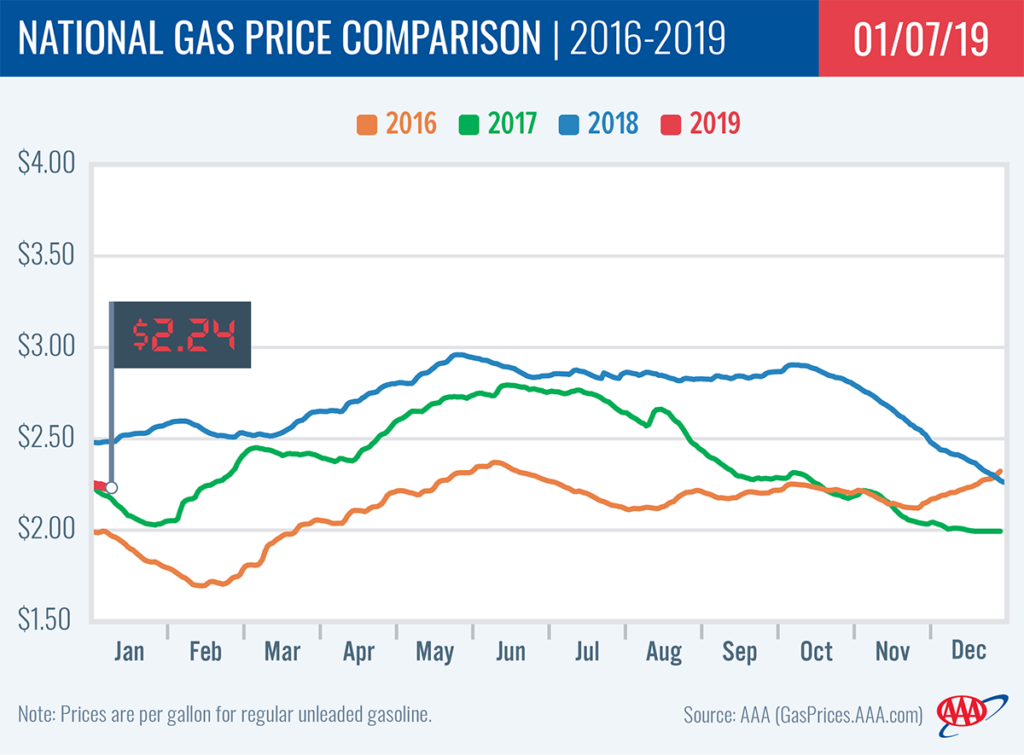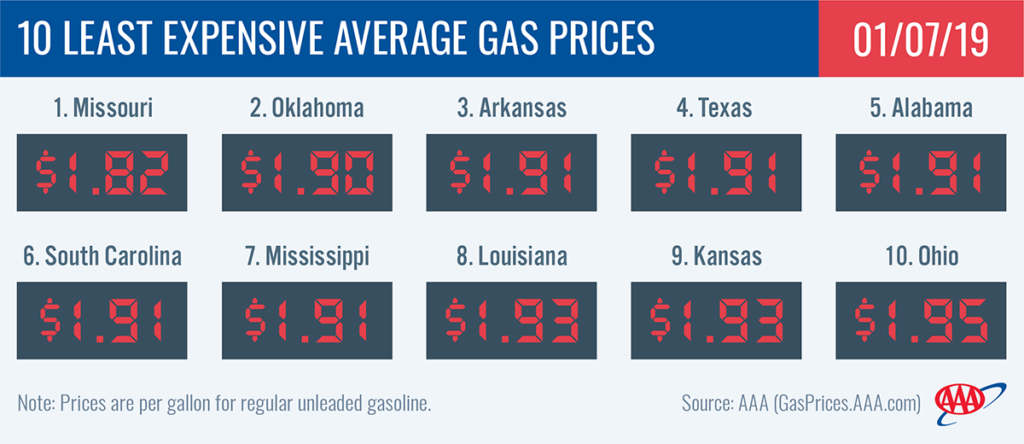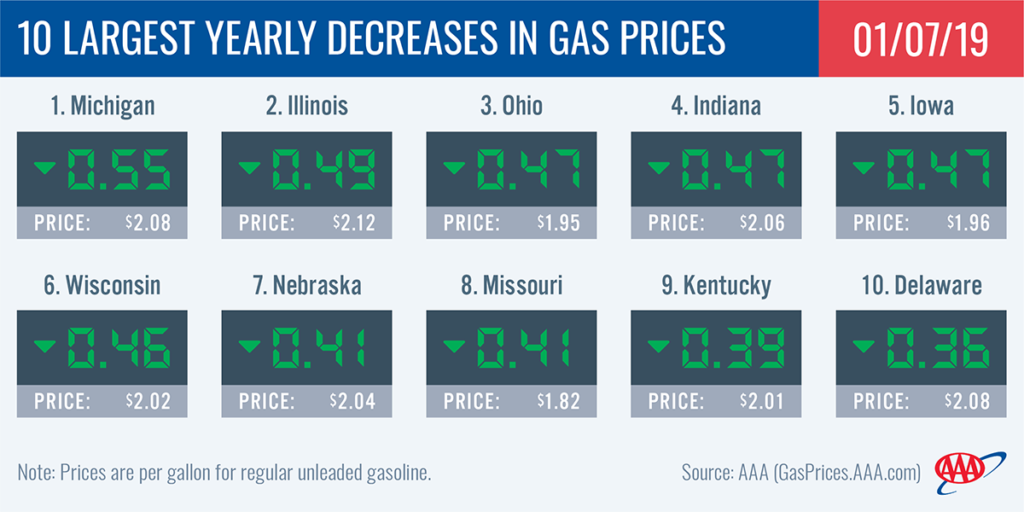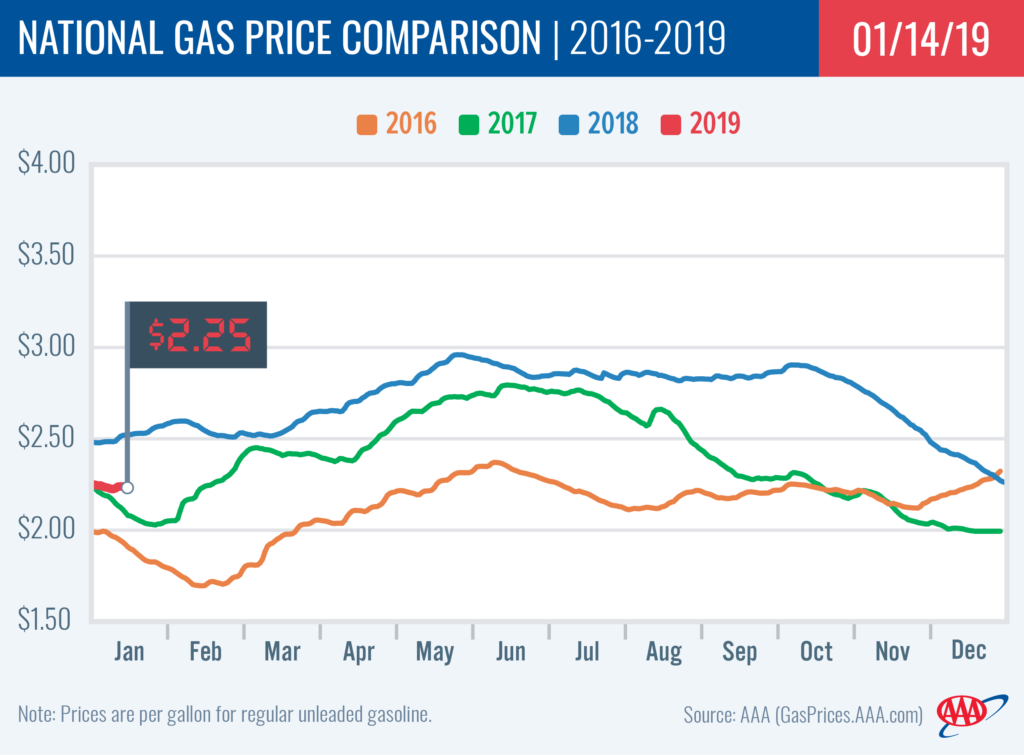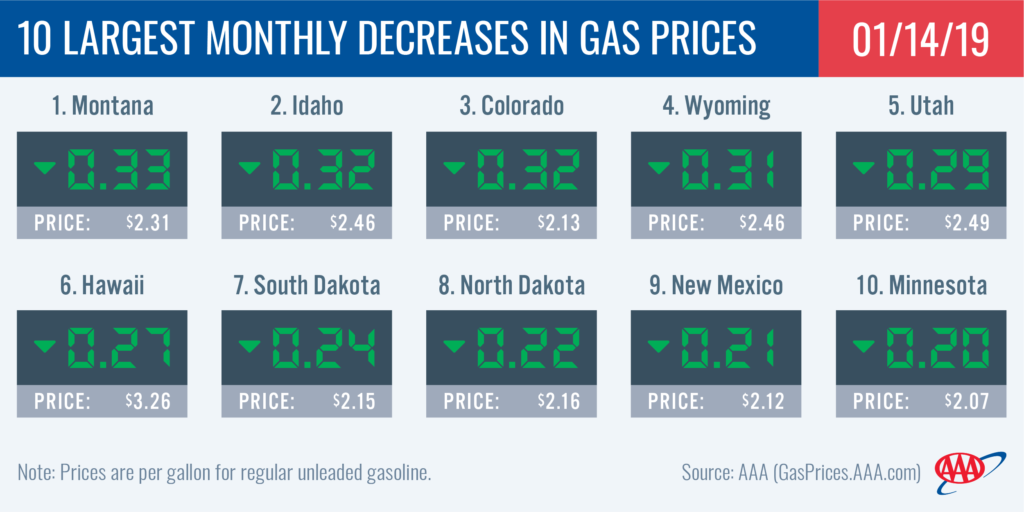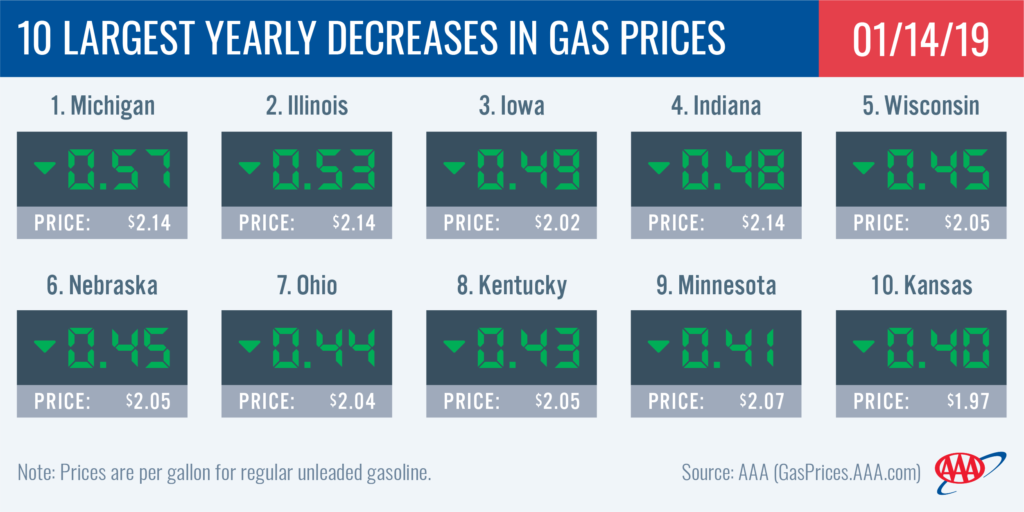AAA Newsroom: Summer Savings at the Pump as Retail Prices Drop Seven Cents on the Week
[ad_1]

 Nearly every state’s gas price average is cheaper than a week ago, a month ago and a year ago. Today’s national average is $2.74, which is seven-cents cheaper than last week, 13-cents less than a month ago and 18 cents cheaper than a year ago.
Nearly every state’s gas price average is cheaper than a week ago, a month ago and a year ago. Today’s national average is $2.74, which is seven-cents cheaper than last week, 13-cents less than a month ago and 18 cents cheaper than a year ago.
“Refinery utilization in the United States is at its highest level since early January, resulting in overall gasoline stocks at healthy levels to meet robust summer demand. Prices are dropping due to cheaper crude oil and at the same time U.S. supply is keeping pace with demand,” said Jeanette Casselano, AAA spokesperson. “The national average is poised to fall to at least $2.70 this week – an indication that pump prices may be even cheaper this summer.”
For the last three weeks demand has remained relatively robust at 9.4 million b/d. Meanwhile, gasoline stocks have increased weekly with total inventories at nearly 4 million bbl ahead of the five-year average, according to Energy Information Administration (EIA) data.
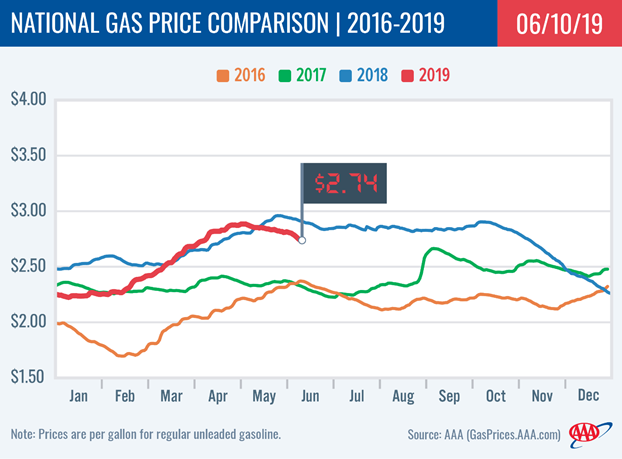
Quick Stats
- The nation’s top 10 largest weekly decreases are: Ohio (-21 cents), Indiana (-17 cents), Michigan (-15 cents), Illinois (-11 cents), Kentucky (-10 cents), Oklahoma (-9 cents), Maine (-8 cents), Wisconsin (-8 cents), Nebraska (-8 cents) and South Carolina (-7 cents).
- The nation’s top 10 least expensive markets are: Mississippi ($2.32), Louisiana ($2.35), Alabama ($2.35), South Carolina ($2.36), Arkansas ($2.40), Texas ($2.41), Tennessee ($2.42), Oklahoma ($2.46), Missouri ($2.48) and Virginia ($2.49).
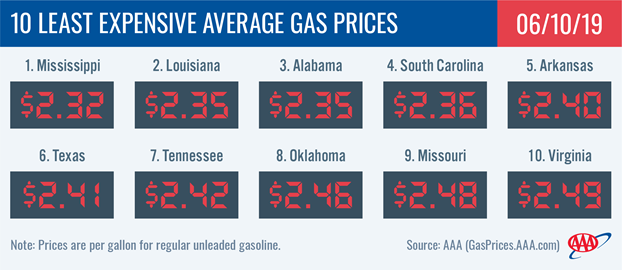
Great Lakes and Central States
On the week, the top five states in the country with the largest declines hail from the Great Lakes and Central region: Ohio (-21 cents), Indiana (-17 cents), Michigan (-15 cents), Illinois (-11 cents), and Kentucky (-10 cents). Joining these five to round out the top 10 list are Wisconsin and Nebraska with eight-cent declines at the pump. Gas prices are cheaper across the region and range from $2.89 in Illinois – which is the 13th most expensive state average in the country – to $2.49 in Missouri, which is the ninth cheapest state average in the country.
Gas prices dropped alongside a build in gasoline stocks. According to EIA data the region saw inventory build by 300,000 bbl to total 48.1 million bbl, which is below the five-year average of 50.8 million. Refinery utilization slid back a percent to 83% and is the lowest utilization rate for the week ending May 31 among all five regions in the country. Despite the deficit in stocks and low refinery utilization rate, gas prices are expected to remain stable; though during the summer, some states may see weekly spikes – declines or increases – due to the typical volatility in the region.
Mid-Atlantic and Northeast
A number of states from the Mid-Atlantic and Northeast appear on the top 10 list for largest changes for the week, month and year:
- Weekly: Maine (-8 cents)
- Monthly: North Carolina (-17 cents), Tennessee (-16 cents) and Delaware (-16 cents)
- Yearly: Delaware (-26 cents), Tennessee (-25 cents) and New Hampshire (-25 cents)
Driving through the region, motorists will find gas prices on average at $2.65 with the most expensive at $2.89 in Pennsylvania, New York and Connecticut. The cheapest price is $2.42 in Tennessee.
Gas price declines this week were supported by a sizeable build in gasoline stocks – nearly 1.9 million bbl, bumping total inventories to 65.1 million bbl. In addition, regional utilization pushed up for a second week to nearly 94%. These moves will help to keep gas prices stable, but more likely will push them cheaper in the month ahead.
Rockies
Gas prices are cheaper on the week across the Rockies with the region seeing among the smallest weekly changes in the country. Motorists in Wyoming ($2.85) saw no change at the pump, while those in Utah ($3.13), Colorado ($2.82), Montana ($2.87) and Idaho ($3.15) are paying 2 to 4 cents less a gallon to fill-up.
Compared to last month, gas prices are cheaper in Utah, Colorado and Idaho by as much as four cents. Conversely, they are more expensive only in Montana (+1 cent) and Wyoming (+8 cents).
The region is poised to see gas prices continue to decline. The EIA reports that regional refinery utilization is at 99% – the highest of any in the country. As utilization jumped so did stocks – by half a million bbl for the week ending May 31. Total stocks measure at 7.2 million bbl, which is a very healthy level compared to last summer, which mostly saw stocks hover at, but mostly below the 7-million bbl mark.
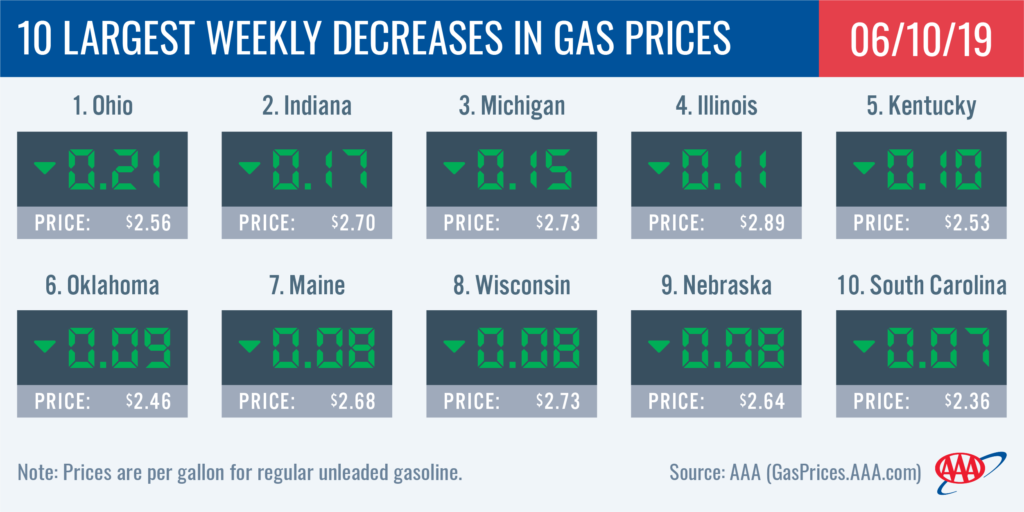
South and Southeast
Florida (+2 cents) was the only state in the region and country to see gas prices increase on the week. Meanwhile, seven South and Southeast states saw pump prices drop a nickel or more since last Monday: Oklahoma (-9 cents), South Carolina (-7 cents), Texas (-7 cents), Mississippi (-7 cents), Arkansas (-6 cents), Georgia (-6 cents) and New Mexico (-5 cents).
As the region continues to carry among the cheapest gas price averages in the country, every state’s average is cheaper by at least a dime compared to last month. The region also touts some of the largest monthly decreases in the country. Georgia (-18 cents), Texas (-17 cents), Louisiana (-15 cents), (Florida (-15 cents) and South Carolina (-15 cents) rank among the top 10 states with the biggest change in pump prices compared to last month.
As refinery utilization held steady on the week, regional stocks drew by 1.8 million bbl and dropped total stocks to 82.8 million bbl. While the draw was large, inventories sit ahead of this time last year and are the largest level for this time of year (early June) on record for the region, per EIA data. Motorists in the region can expect to see even cheaper gas prices throughout the summer.
West Coast
Pump prices in the West Coast region are the highest in the nation, with all seven states landing on the top 10 most expensive list today. California ($3.88) and Hawaii ($3.64) are the most expensive markets. Washington ($3.46), Alaska ($3.44), Nevada ($3.45), Oregon ($3.33) and Arizona ($3.07) follow. Pump prices in the region have mostly decreased on the week, with Oregon (-7 cents) seeing the largest drop.
The EIA’s recent report for the week ending on May 31 showed that West Coast gasoline stocks increased by approximately 2.4 million bbl from the previous week and now sit at 30.8 million bbl. The current level is only 300,000 bbl less than last year’s level at this time, which could cause prices to decline further if there are no supply disruptions in the region this week.
Oil market dynamics
At the close of Friday’s formal trading session on the NYMEX, WTI increased by $1.40 to settle at $53.99. Crude prices increased on Friday after Saudi Arabia’s Energy Minister Khalid al-Falih told an audience at a conference in Russia that OPEC and its partners are close to an agreement to extend their current 1.2-million b/d production reduction pact through the end of 2019. The cartel is expected to formally announce its decision at its upcoming meeting in Vienna on June 25 and 26.
The price increase followed a week of losses for crude due to EIA’s weekly petroleum status report showing that total domestic crude inventories rose by 6.8 million bbl last week. At 483.3 million bbl, the current level is 46.7 million bbl higher than last year’s level at this time. An oversupply of crude has increased concerns that the market has a glut of oil – even as U.S.-imposed sanctions on Iran and Venezuela have worked to reduce global supply. Market observers will await OPEC’s meeting to determine how much global crude supplies may tighten further. If the glut persists, crude prices will likely continue to descend.
In related news, Baker Hughes, Inc. reported that the U.S. lost 11 oilrigs last week, bringing the total of active rigs to 789. There are 73 fewer oilrigs now than at this time last year.
Motorists can find current gas prices along their route with the free AAA Mobile app for iPhone, iPad and Android. The app can also be used to map a route, find discounts, book a hotel and access AAA roadside assistance. Learn more at AAA.com/mobile.
[ad_2]
AAA Newsroom Source link



